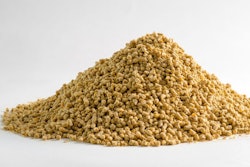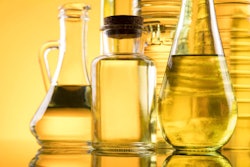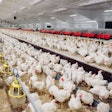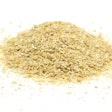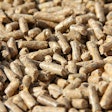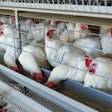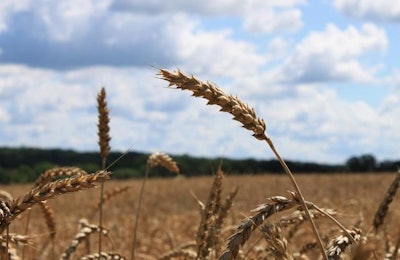
Be ready to formulate feed with alternative cereals for at least the next 2 years
According to my own market intelligence based on my worldwide network of contacts, there are no illusions among feed professionals that feed wheat will become mainstream anytime soon. Most, if not all, experts expect it will take at least two additional crop years (that is in 2025) before we see wheat going back to normality – always assuming Ukraine and Russia will resume exports with business as usual in mind. That latter part is something I personally doubt, so I am even more pessimistic about feed wheat.
There is another reason why I have foregone feed wheat. The war in Ukraine has reminded people and governments that wheat self-sufficiency is a concept that was abandoned in full foolishness. Here I am talking first about bread, pasta and all other wheat-based human foods. In many countries, farmers are already urged to cultivate more wheat to replenish the already low stocks for human consumption. Actually, this year’s cereal crop (not just wheat) is expected to be one of the worst ever on a global scale. This is why prices for hard wheat (pasta) are expected to double next year from the all-time high right now. It is fortunate that, in the Northern Hemisphere, we are just a month or so from reaping this year’s harvest of wheat, and this might save the day (for now).
Back to animal feeds, I have already alerted my customers that they need to have a separate set of formulas with alternative cereals, and even start booking such cereals (and byproducts that bear enough energy to replace part of cereals) for the next couple of years. In truth, I have some who refused, believing wheat will start flowing south in a couple of months, but that wheat is sitting on ships getting moldy and all that, but that is another discussion.
Feed wheat will take second place until countries ensure enough food-quality wheat is in their silos, and this might take several years to happen. Until then, it is best to be ready to use other cereals. It is no longer a matter of price, but one of availability.


